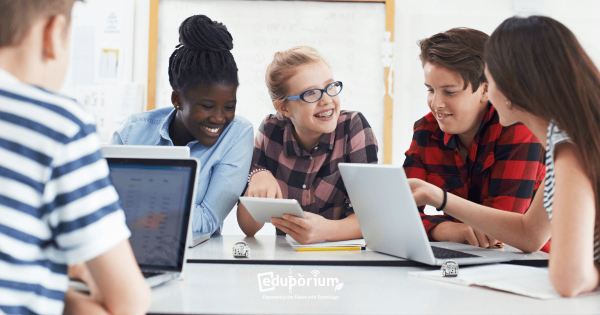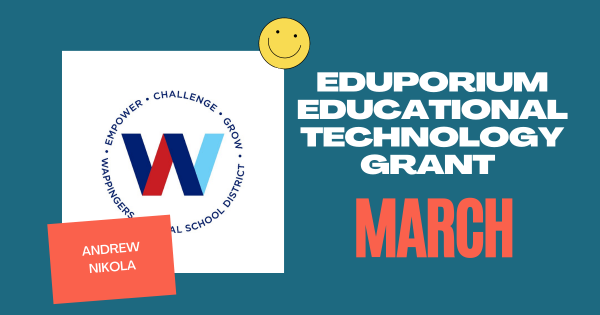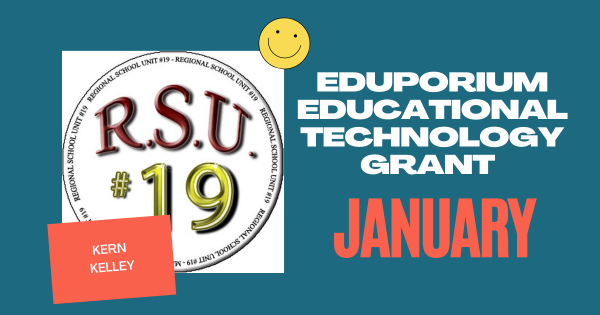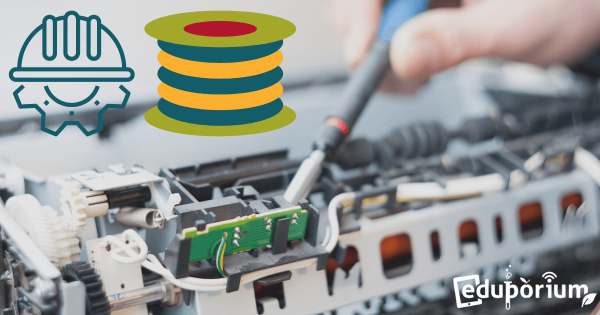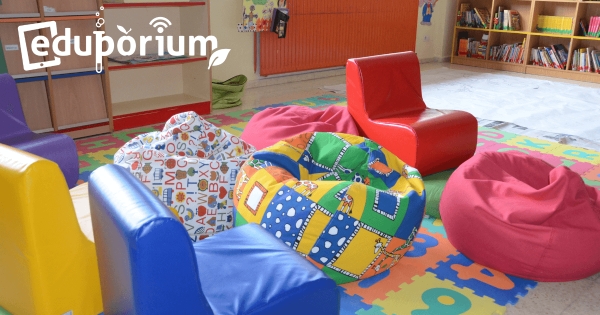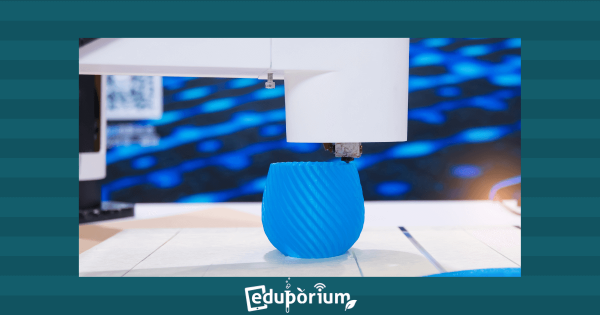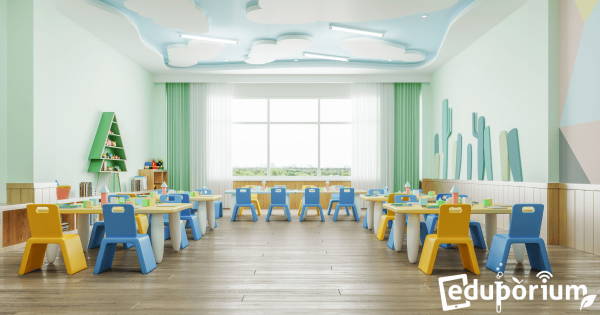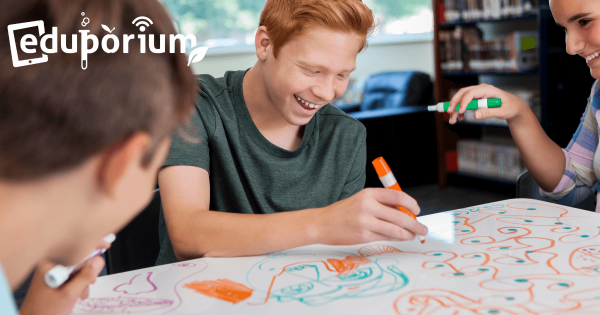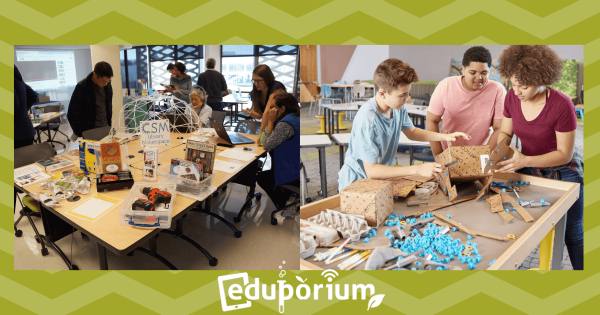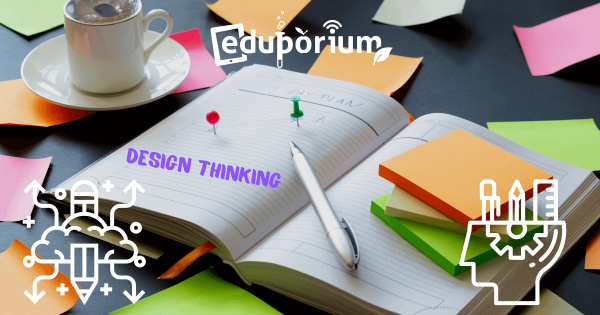Trying to look on the bright side, we’ve joined the optimistic crowd in questioning whether this unprecedented period provided educators, administrators, and learning designers with lessons on educational trends and regularities. To us, the yearlong experience of teaching through a pandemic validates the value of MakerEd and EdTech tools.
Maker Movement
-
March Grant Awarded to Andrew Nikola from the Wappingers CSD
We’ve awarded our EdTech grant for March to Andrew Nikola from the Wappingers Central School District in New York! Andrew works with students throughout K-12 and serves as one of the district’s innovation leaders. Learn more about how we’ll be helping them advance their district-wide approach to providing equitable hands-on experiences. -
January Grant: Congratulations to Kern Kelley from Maine!
We’re excited to be able to present another dedicated educator with an EdTech grant. For the month of January, we’ve selected Kern Kelley, a middle school teacher from RSU 19 in Newport, Maine as the recipient! Among all of the submissions we received, Kern’s stood out to us due to the connections to the spirit of the Maker Movement. -
There's More to Fab Labs than Expensive Equipment
It’s become increasingly common for schools to feature these types of spaces, which are designed to promote hands-on tinkering, breaking, collaboration, failure, problem solving, and creative invention using any assortment of MakerEd tools. In fab labs, students are free to create whatever they want in essentially any way that they want. -
Eduporium Weekly | What to Know About Makerspaces
In the 21st century, students belong in the driver’s seats of their learning experiences. Makerspaces are such a great option for educators. They provide a safe space for kids to fail, get creative, and use their interests to help them develop 21st century skills. Perhaps the best part of these environments is that there’s no wrong way to learn within -
Industries in which 3D Printing Could Take Over
Engaging in 3D printing allows students to experience learning from brand new angles and put their creativity to use in ways that will legitimately help them prepare for their futures. Right now, scientists seem to using 3D printing for something new every day—in some industries that you would expect and others that are pretty surprising. -
Eduporium Weekly | New Classrooms for a New World
Chances are your thoughts of traditional classrooms are different from how contemporary classrooms can—or at least should—be set up. Rows of desks and a chalkboard used to be staples but they don’t help prepare today’s kids for a hands-on future. They need collaboration, interaction, and active learning and it takes a different kind of classroom for this. -
Eduporium Weekly | The Makings Of Modern Maker Education
MakerEd includes everything from informal constructive play with everyday objects, glue, and tape to large-scale 3D printing or sometimes even some digital fabrication. Modern makerspaces have become a popular place for creative-minded students to show off their making skills and inventiveness and thousands of educators have now built in-house areas for making. -
Eduporium Weekly | You Got A Library? You Got A Makerspace
These days, teachers and school leaders are doing a lot of repurposing of old tools and one of the biggest makeovers is occurring in school libraries. That’s not to say that school libraries have lost significance in 21st century education. They’re just starting to provide additional opportunities in STEM learning, specifically as makerspaces in schools. -
Design Thinking as a New Kind of Pedagogy
In the 21st century, those who are most successful are always thinking at least one—sometimes two, three, or four steps ahead. Why? Because they have to. No longer can the most successful workers and students get by on basic skills. The times have changed and now essentially require them to have increasingly innovative skill sets just to survive.
Page
- Page Previous
- Page 1
- You're currently reading page 2
- Page 3
- Page Next




